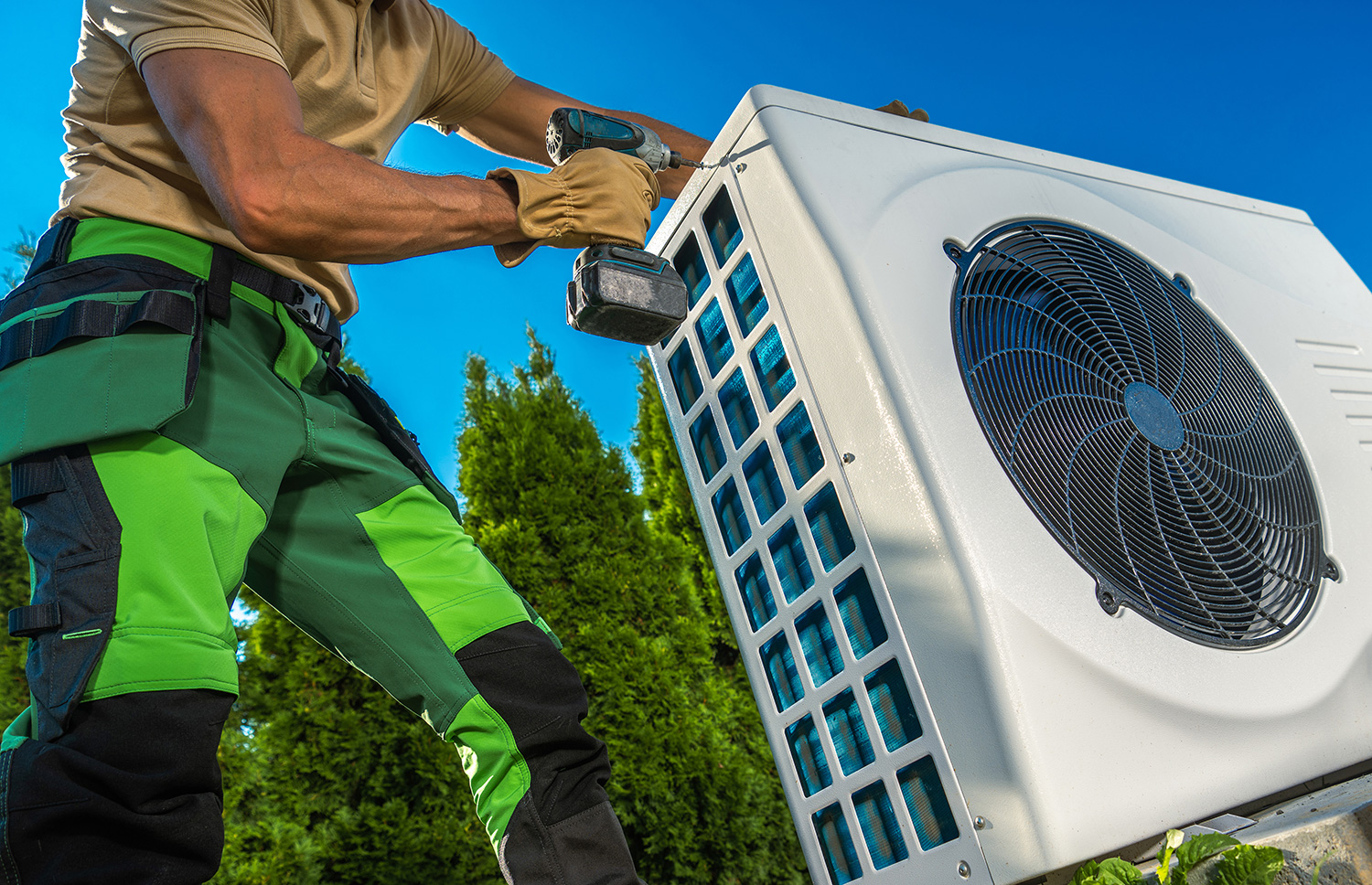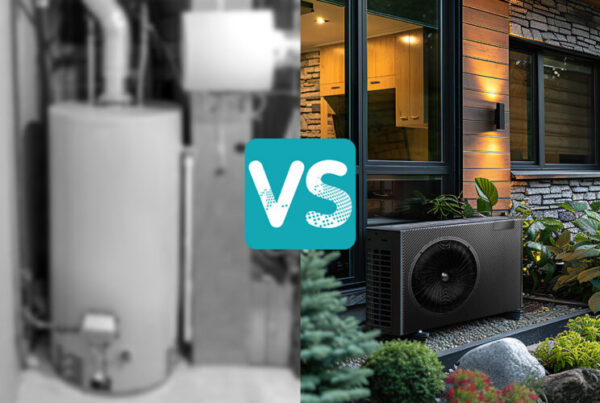
Ok, so far, we’ve learned what a heat pump is and why they are growing in popularity around the world. Naturally, the next topic should be how these marvels of advanced climate technology actually work, right? Correct! Let’s take a closer look (but not too close) at how heat pumps work and how they are able to transfer heat so successfully.
Transferring Heat: The Not-So-Secret Sauce
Unlike typical water heaters, boilers, chillers, and other (soon-to-be obsolete) HVAC systems, heat pumps do not operate through the combustion of fossil fuels. Rather, they simply transfer heat from one location to another using a refrigeration cycle. Here’s a quick summary of that process:
1) Absorption of Heat: Heat pumps absorb heat from a heat source, which can be air, water, or the ground, depending on the type of heat pump. This heat is then absorbed through an evaporator coil containing a refrigerant.
2) Compression: The refrigerant, now in a low-pressure gaseous state, is compressed by a compressor. This compression increases the temperature and the pressure of the refrigerant (typically CO2 in home heat pumps).
3) Heat Release: The hot, high-pressure refrigerant then flows through a condenser coil, where it releases heat to the desired area, such as a building’s interior for heating or the outdoors for cooling.
4) Expansion: After releasing heat, the refrigerant undergoes expansion through an expansion valve or metering device, which reduces pressure along with the temperature.
5) Repeating the Cycle: The cycle repeats as the refrigerant returns to the evaporator coil to absorb more heat, completing the continuous process of heat transfer.
By moving heat rather than generating it through combustion, heat pumps provide efficient heating and cooling solutions with lower energy consumption and reduced environmental impact compared to traditional heating and cooling systems.
Real-Life Operation
An overly-simplistic way of how heat pumps operate in real life might look something like this:
In the Winter and during colder months: heat pumps pull any available warmth from outside with a compressor and pump it inside.
In the Summer and during warmer months: heat pumps reverse their “wintertime” operation: they absorb heat from indoors and expel it outside, leaving your home refreshingly cool and comfortable.
Whether it’s hot or cold outside, heat pumps offer consistent heating and cooling performance, providing comfort throughout the year regardless of outdoor temperature.
A Solution for Now and the Future
Heat pumps are proving themselves to be very innovative and worthwhile machines, offering exceptional year-round climate control while reducing their overall environmental impact. As we continue to look for ways to ensure a sustainable future, heat pumps will play a big part in helping to create a greener and more energy-efficient world.
Heat pumps, along with whole-home electrification represent the next advancement in true energy efficiency, delivering cleaner, climate-friendly alternatives compared to traditional HVAC systems.
To learn more about Dalrada HOME and our innovative heat pumps, check out our website or simply contact us today. We look forward to working with you to find the perfect heat pump solution to fit your needs!



